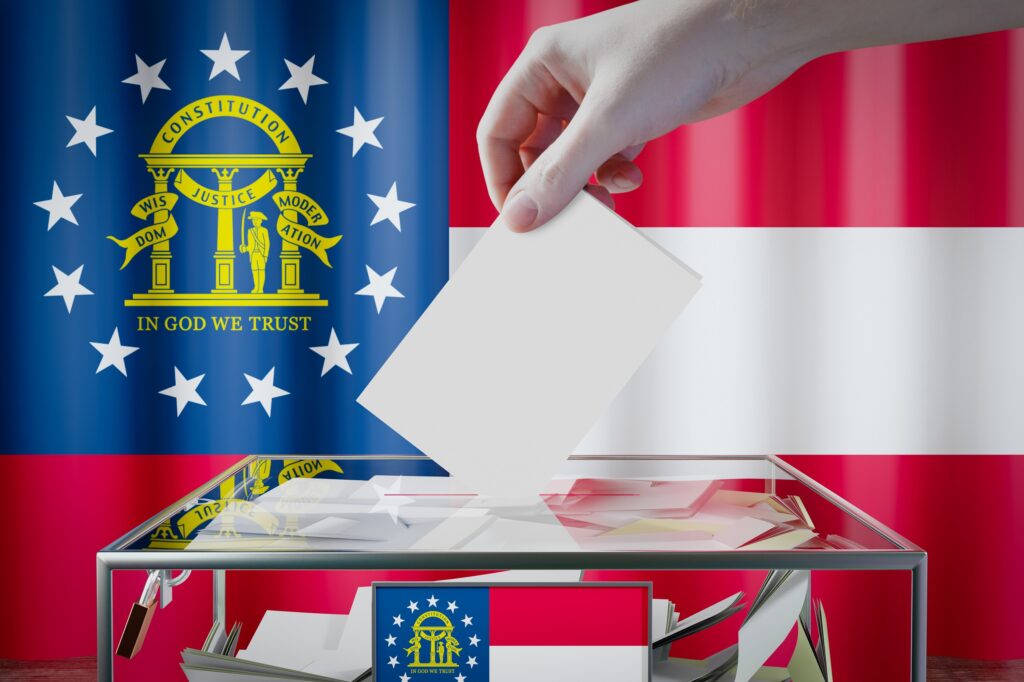America’s Primary Elections Are Ripe for Reform
Author
Key Points
Press Release
Pathways to Primary Election Reform
Media Contact
For general media inquiries and to book our experts, please contact pr@rstreet.org.
Executive Summary
Primary elections have become an integral part of the way American voters elect their leaders, from city clerks to President of the United States. Yet primary elections are a relatively recent addition to the country’s electoral system. Originally designed to air-out the party bosses’ smoke-filled rooms and democratize the candidate selection process, primary elections have begun to serve a new function—winnowing candidates for the general election.
With this new, broader purpose, the methods and mechanisms of the primary process are ripe for re-evaluation. This paper explores the origin of primary elections; how the purpose of primaries has shifted over time; whether our current system achieves that purpose; and what reforms could be made to better accomplish the task.
Introduction
Across the country, voters rely upon primary elections to determine which candidates are on the ballot in the general election. Yet voters have become increasingly frustrated with the primary election system. In a research poll taken during the contentious 2016 presidential primary season, only 35 percent of voters believed that the primary system was “a good way of determining best-qualified nominees.” Acting on similar frustrations over primaries for other offices, advocacy organizations have promoted a variety of reforms to primary elections, such as “open primaries” that remove party registration requirements or “blanket primaries” that include candidates of all political persuasions on the same ballot. States have responded to this public pressure with various primary reforms over the past two decades, and the trend shows no sign of slowing—making this a valuable moment to consider the state of primary elections in America. Before engaging in such an analysis, it is important to first establish the purpose of primary elections. Previously, researchers have made the case for understanding purpose using a parable now known as “Chesterton’s Fence.”
In the matter of reforming things, as distinct from deforming them, there is one plain and simple principle; a principle which will probably be called a paradox. There exists in such a case a certain institution or law; let us say, for the sake of simplicity, a fence or gate erected across a road. The more modern type of reformer goes gaily up to it and says, ‘I don’t see the use of this; let us clear it away.’ To which the more intelligent type of reformer will do well to answer: ‘If you don’t see the use of it, I certainly won’t let you clear it away. Go away and think. Then, when you can come back and tell me that you do see the use of it, I may allow you to destroy it.’
This paper first determines the role of existing institutions by exploring the genesis and original purpose of primary elections. From there, we note the ways in which the purpose of primary elections has shifted over time and how our current primary election system effectuates both the original and emerging purposes. Finally, we investigate some of the most popular reforms in order to determine whether they can better accomplish these purposes.










